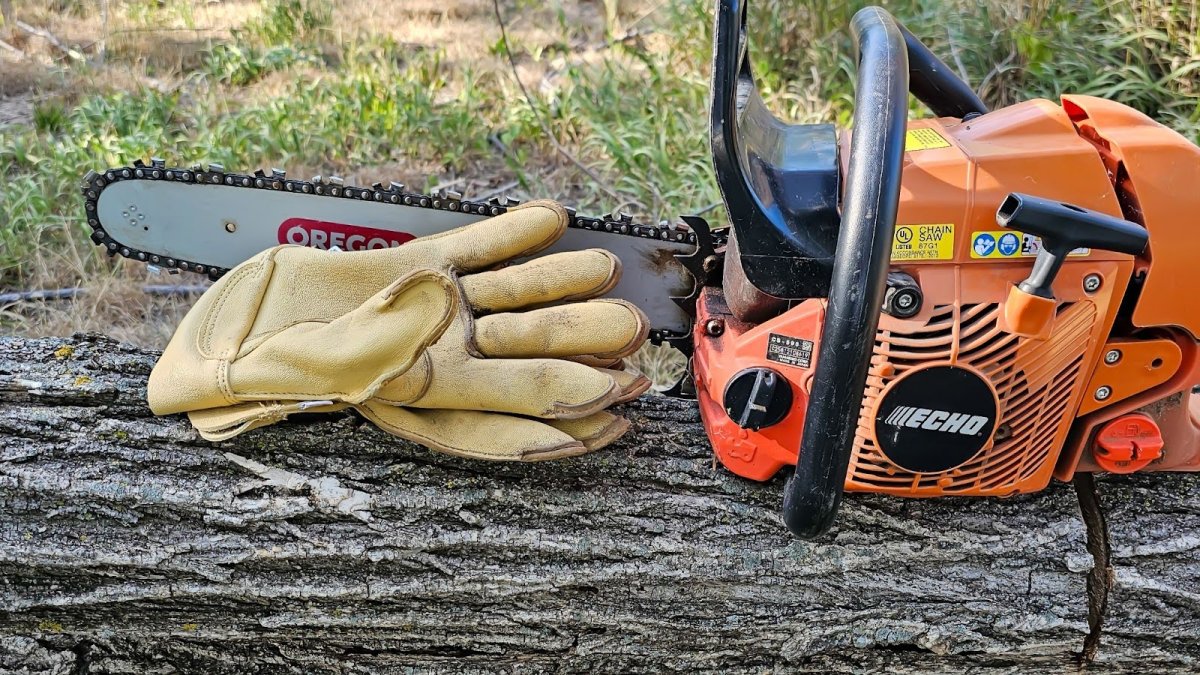We may earn revenue from the products available on this page and participate in affiliate programs. Learn More ›
My husband is hard on work gloves—so hard I once told him he ought to just cut the fingertips off his new pairs of gloves because he’ll tear through them in a week. But that was before he tested a pair of hand-stitched goatskin gloves made in Vermont. If this is the first time you’ve heard about Vermont Gloves, you’re in for a treat.
In addition to having my husband test a pair of gloves known as The Vermonter, I chatted with the company’s owner, Sam Hooper, to find out why Vermont Gloves are so much more durable than other work gloves. “There is no way to automate the leather glove sewing process,” Hooper says. “It takes an immense amount of skill to manipulate and sew the 13 pieces of leather that make up a single glove.”
Keep reading to learn more about this American company and to find out what happened when my husband, a contractor, wore these handmade leather gloves for an entire month.
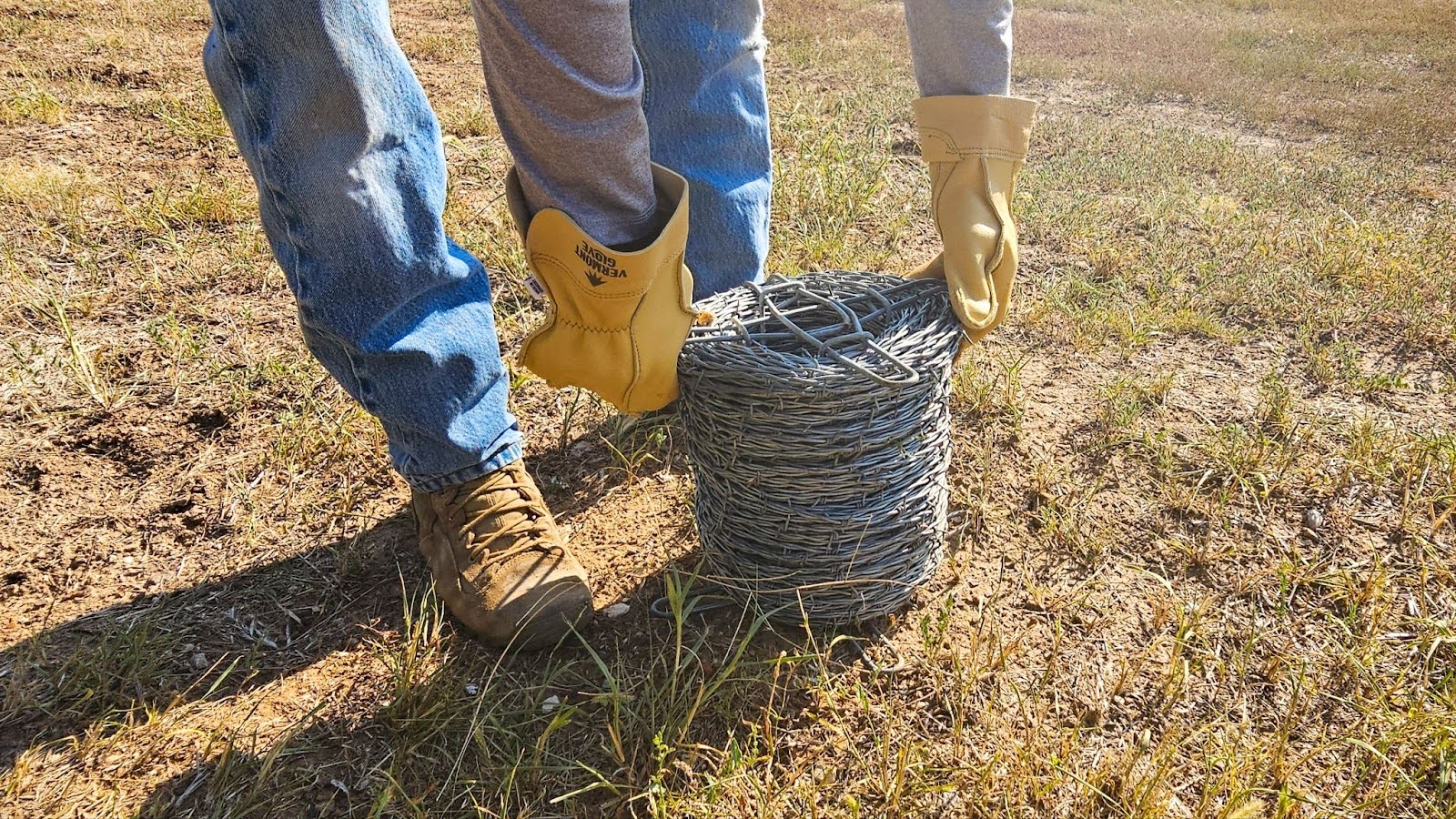
The Vermonter Gloves: At a Glance
Our Rating 4.9/5
| What We Like | What We Don’t Like | |
| Printable sizing chart | Not available in many retail locations | |
| Excellent quality and durability | ||
| Soft, supple fit and feel | ||
| Handcrafted in Vermont | ||
| All materials sourced in the U.S. |
Testing The Vermonter
Material Matters
Leather gloves are leather gloves, right? Wrong. Right out of the package, The Vermonter gloves felt thicker than other leather gloves we were accustomed to, but they also felt softer. I asked Hooper why that was. “We use goatskin leather because it offers more dexterity and durability than other leathers. It has a tight grain and is heavy with natural oils (lanolin) so it can handle a lot of abrasion but also stay soft, supple, and healthy through wet and dry cycles of use,” he says.
Vermont Gloves prioritizes the use of natural materials because the company believes they’re time-tested, perform better, and have a smaller carbon footprint. They also use wool in some of their products because “it’s antimicrobial, regulates temperature, stays warm when wet, and is insanely durable,” Hooper adds.
My husband wore The Vermonter gloves while performing his typical daily tasks, including operating heavy machinery, running a chainsaw, loading landscape rocks, digging, building, and fencing. After a week, he was pleasantly surprised that the gloves were still in great condition. After a month, he was amazed.
| The Vermonter Gloves Specs | |
| Made in | Vermont, U.S. |
| Material | Goatskin |
| Sizes | XS, S, M, L, XL, custom |
| Construction | Hand stitched |
Uncompromising Craftsmanship
Before I handed the Vermont Gloves over to my husband for testing, I carefully checked every inch of both gloves. I stretched the fingers apart to see if the stitches would budge. They wouldn’t. The seams were snugly stitched with nylon thread for durability. Sewing through leather that thick can’t be easy, yet the seams were perfect—no mistakes anywhere. Hooper says it takes 3 months to train a new stitcher at Vermont Gloves, and every pair of gloves they make is stitched by hand on industrial sewing machines.
Still, more goes into making Vermont Gloves than highly skilled stitching. The glove makers assess each piece of leather to determine which part of the glove is best suited for. This process, called “nesting,” involves determining the best leather sections for different pattern pieces based on directional stretch and other factors. “There’s an art to maximizing the use of the leather,” Hooper says, “and figuring out the best way to cut out the various sizes and shapes to reduce waste.”
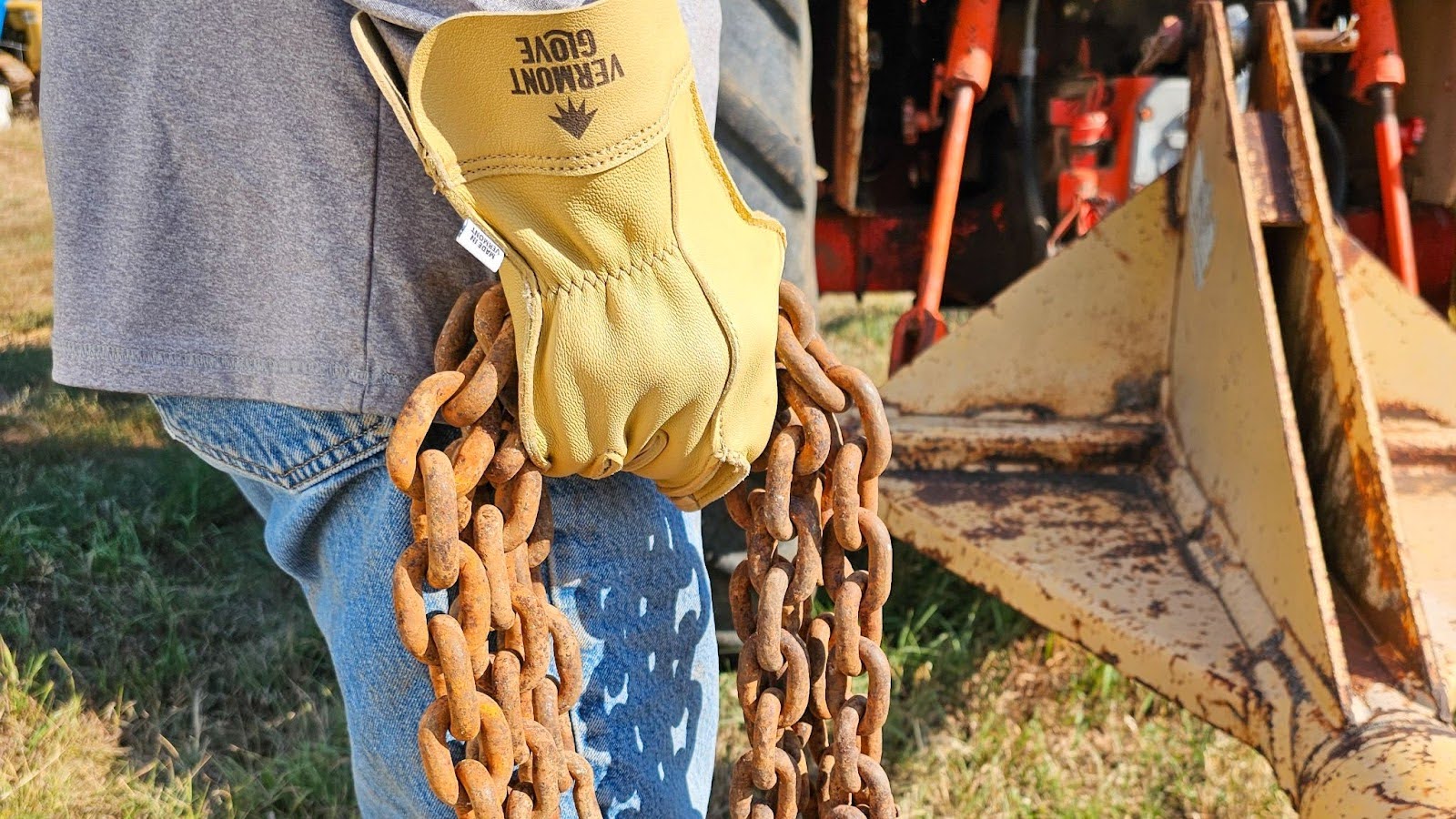
Sizing and Fit
No matter how great a pair of gloves is, it’s useless if it’s too small to comfortably fit your hands. Over the years, I’ve discovered that a medium-size glove may be just right from one manufacturer but too tight from another and too large from yet another.
Vermont Gloves addresses that problem by offering a printable sizing chart so every pair of gloves is correctly sized. We printed the chart to determine my husband’s correct size, and he held his hand over it using a pencil to mark the area at the web between his thumb and forefinger. The company offers some styles of XS, S, M, L, XL, and XXL. It also lets the user select a shorter finger length when purchasing The Vermonter gloves.
My husband can’t stand too-tight gloves, but The Vermonters were spot on. They had just a hint of roominess, and as he wore them, they formed to fit his hands and fingers until they felt like a “second skin.” His words.
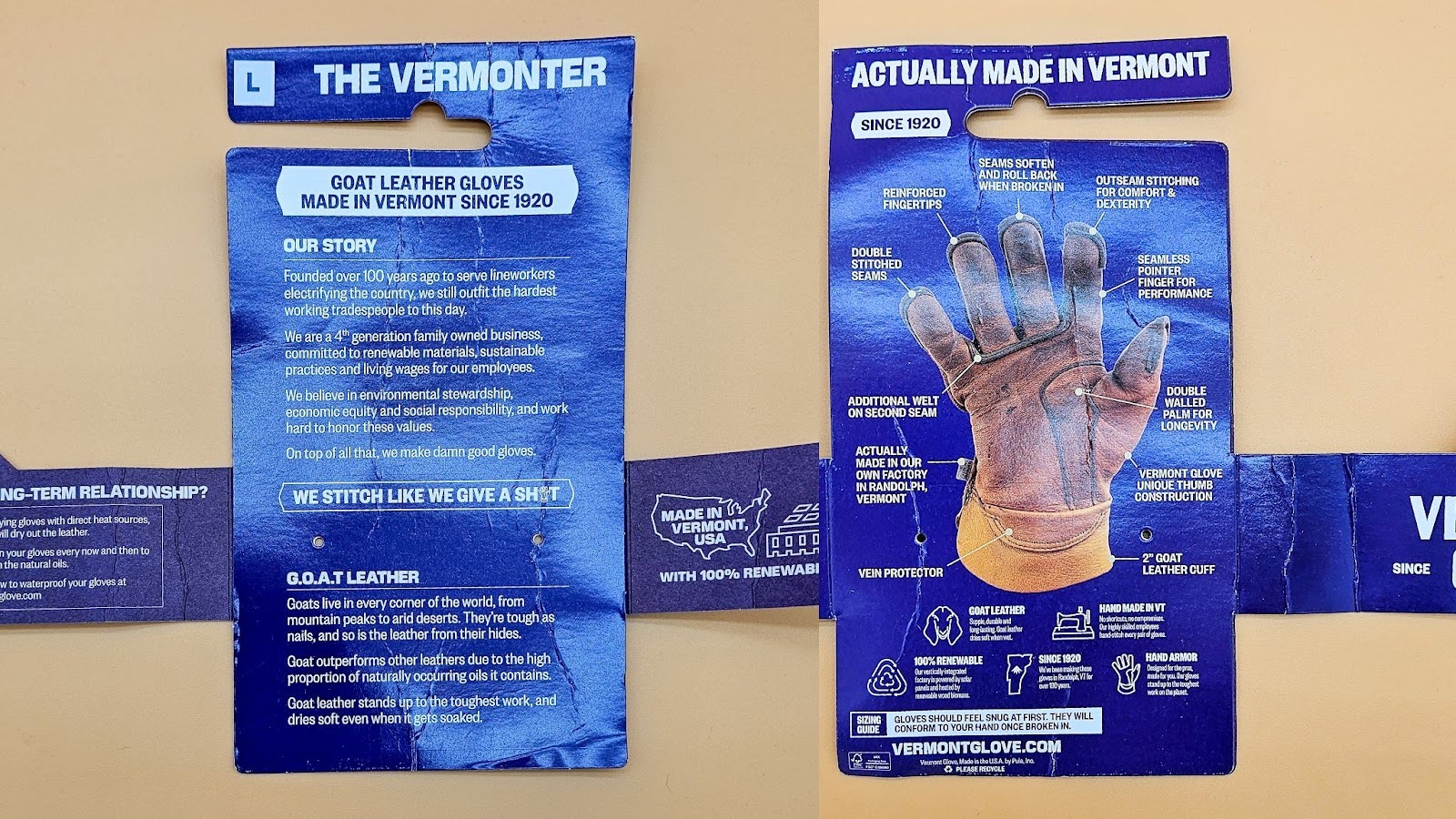
Premium Price—Unmatched Quality
As of this writing, The Vermonter gloves sell for $110 per pair. That’s on the pricey side, but after testing these gloves for a month, my husband is sold on the quality. He told me he typically spends $20 to $30 on what is considered a good pair of leather work gloves, but they end up torn in a couple of weeks of hard work.
He followed the manufacturer’s instructions and applied a leather conditioner to help keep the gloves supple and strong, but they required no other maintenance. During the test phase, he often told me that he liked the glove better every day.
It stands to reason that if a pair of gloves can last a few months rather than a few weeks, you probably won’t be spending more in the long run. But those aren’t the only reasons for buying a pair of Vermont Gloves. I’m a big fan of an American company that uses only domestic sourcing for its materials and pays its workers a living wage.
Buy The Vermonter from:
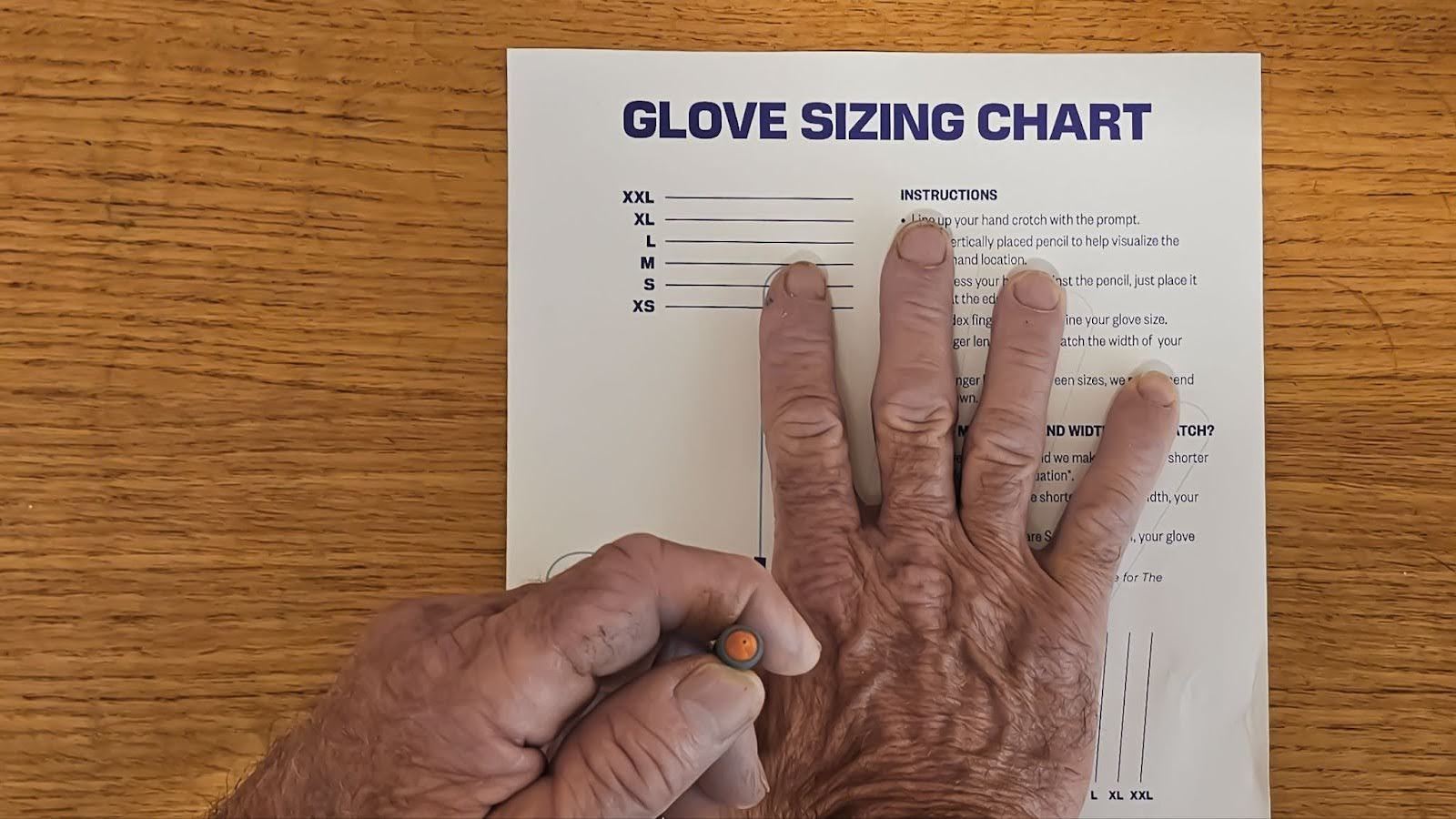
So, is The Vermonter Glove right for you?
While my husband tested Vermont Gloves’ flagship style—The Vermonter—the company offers several other styles as well, including a Chopper’s Mitt to keep hands warm when swinging an axe or performing other wintertime tasks. You might also choose the Tuttle, which is similar to The Vermonter but lined for winter wear. Hooper says the company is also developing a cut-resistant Kevlar-lined glove and is launching a structural firefighting glove.
You can certainly find cheaper leather work gloves, but we doubt you’ll find better ones. My husband’s already saying he will buy more when these wear out, but I don’t think that will be for a long time. Like work boots, once you find work gloves that excel, you stick with them.
If your job isn’t that demanding, you could get by with cheaper gloves. Vermont Gloves are premium work gloves designed for tough work environments. While I might not splurge on a pair for pulling weeds in my garden, I sure wish the company made a pair of rose-pruning gloves to protect my forearms while pruning my rose bushes.
If having quality handcrafted work gloves is important to you, you won’t go wrong with a pair of Vermont Gloves. And if company integrity means anything, you’d be hard-pressed to find a brand more committed to sustainability, craftsmanship, and ethical practices than Vermont Gloves.
Meet the Tester
Glenda Taylor is a product tester and writer specializing in the construction, remodeling, and real estate industries. She and her husband own a general contracting company, and Taylor is experienced in both residential and commercial building applications. She tests a wide range of power tools as well as other home improvement, household, and lawn-and-garden products.

